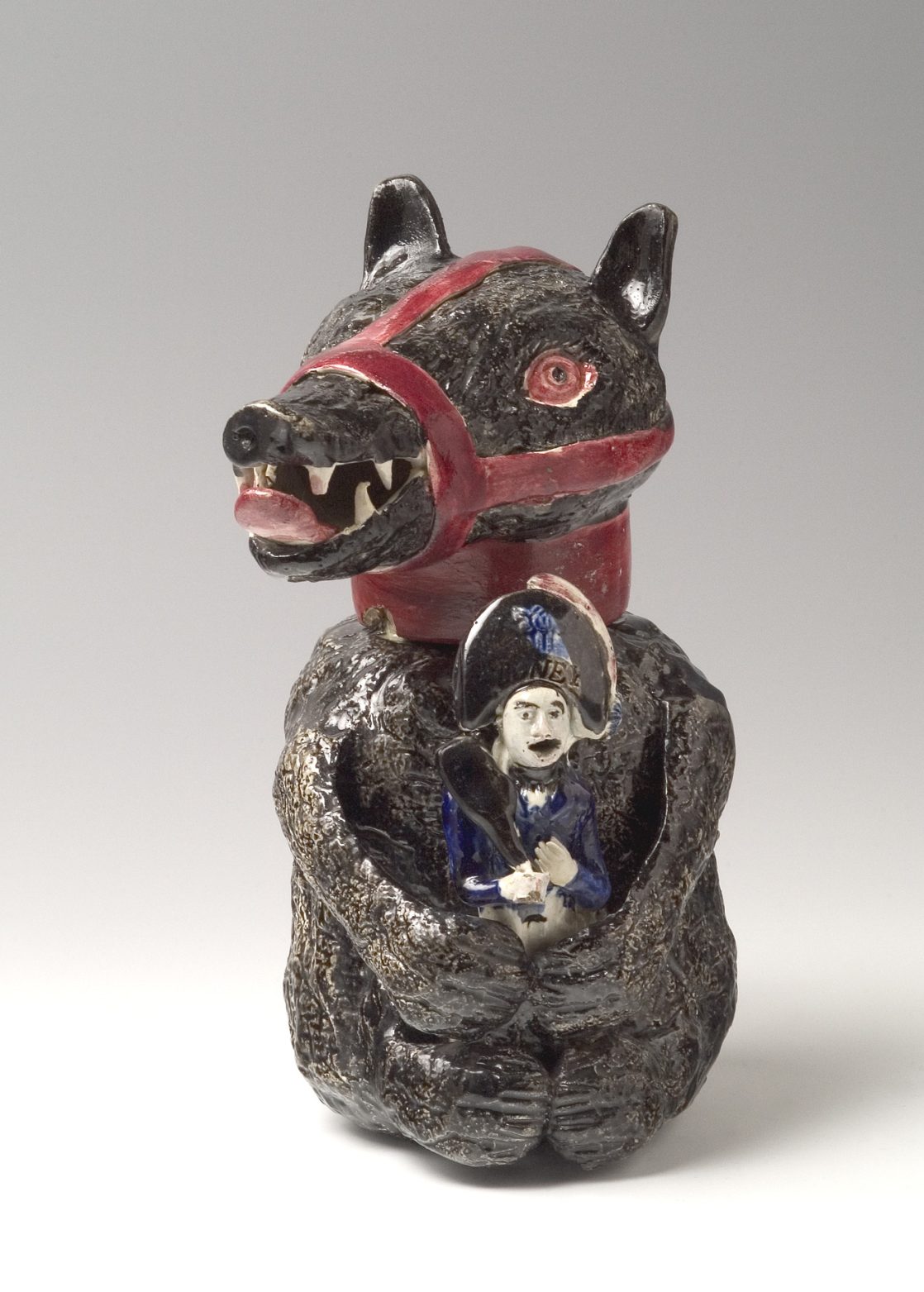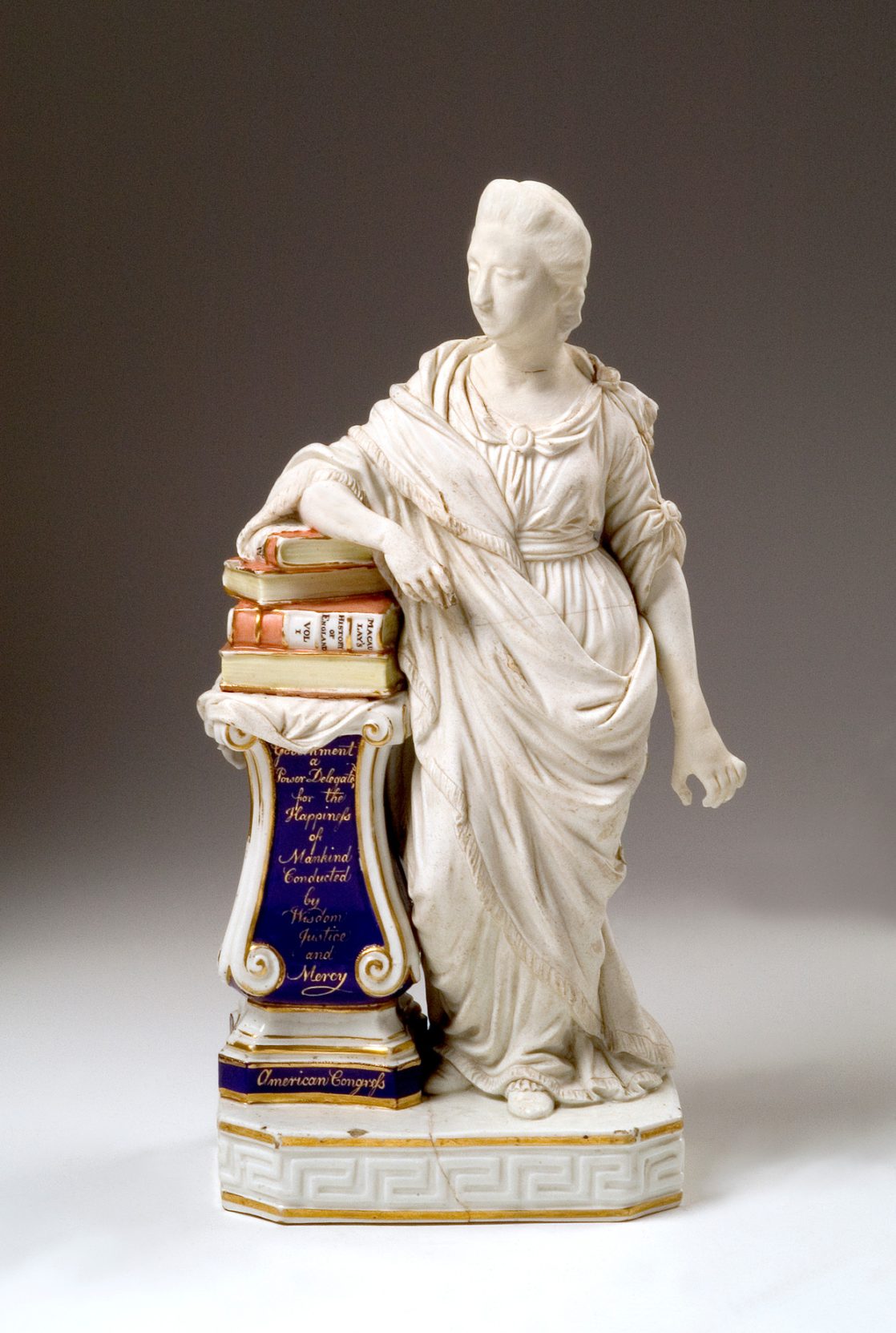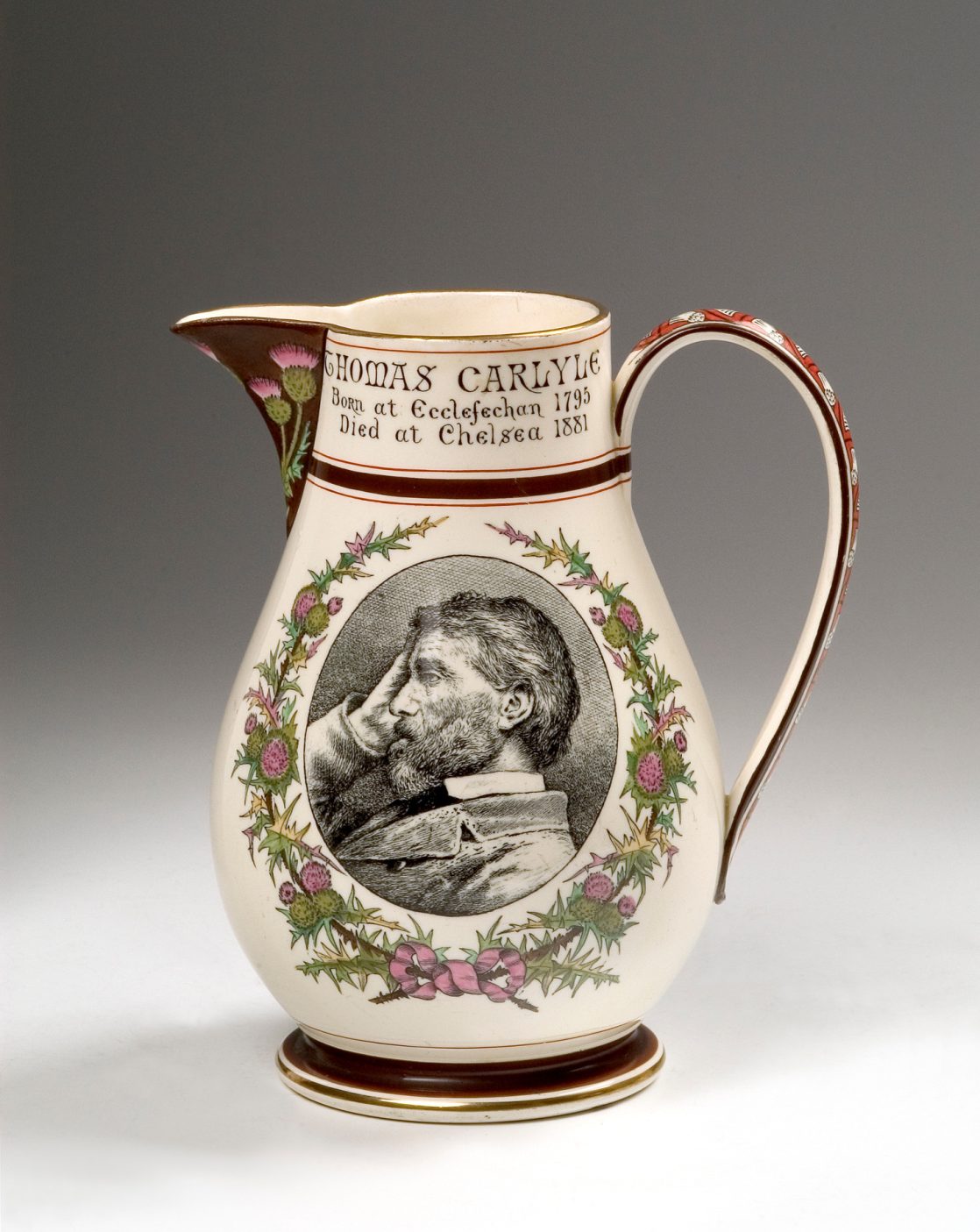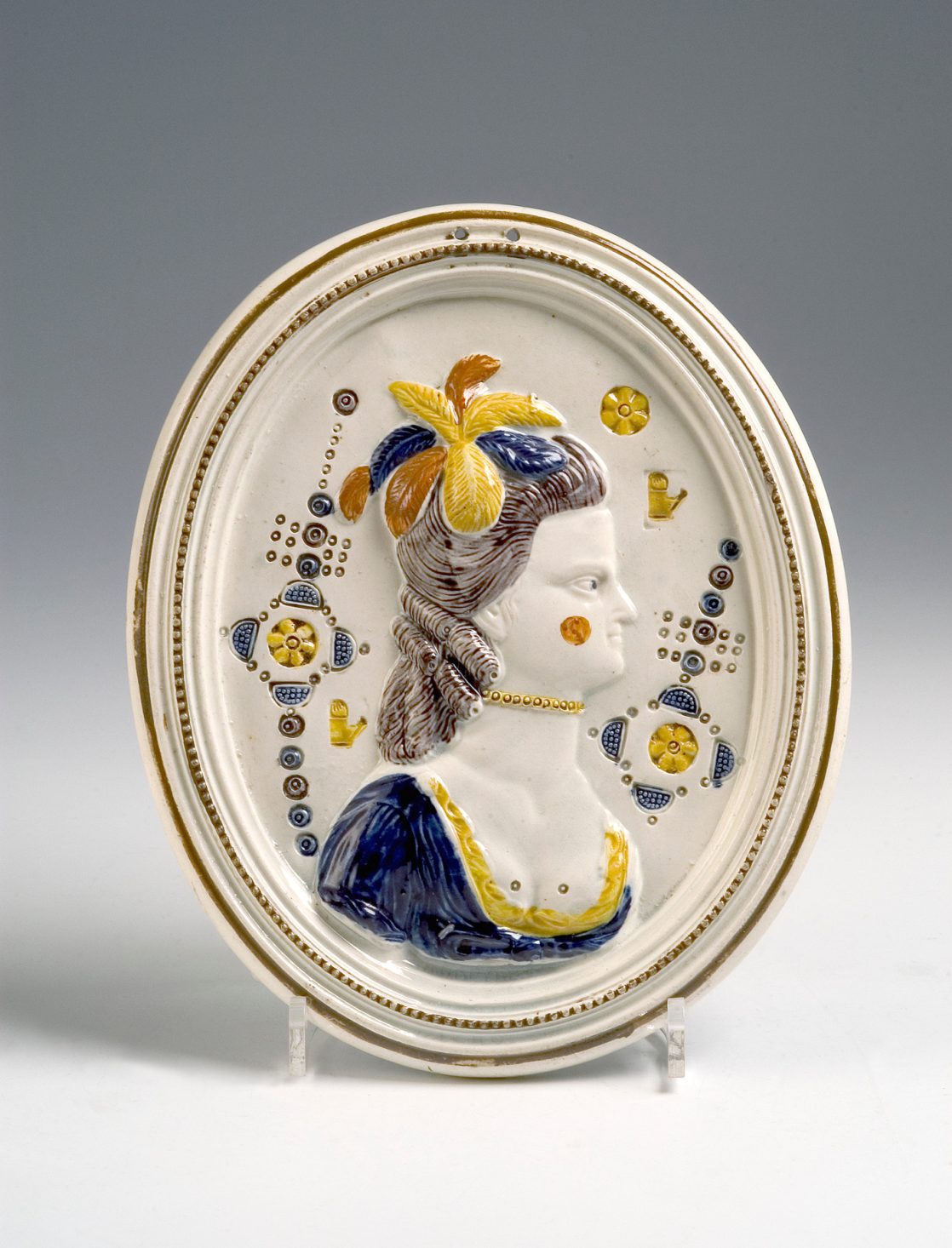Welcome to Ceramic Review
Ceramic Review is the magazine for contemporary and historical ceramics, ceramic art and pottery.
Ceramic Review Issue 334
July/August 2025
Ceramic Review is the magazine for contemporary and historical ceramics, ceramic art and pottery.
July/August 2025
Henry Willett's Collection of Popular Pottery at the V&A represents a ceramic snapshot of popular Victorian culture. Jane Audas discovers more
Roll up this summer to the V&A and see a cornucopia of popular ceramics collected by Henry Willett, a Victorian businessman with a bent for collecting and a taste for taxonomies. The museum puts both on display in their exhibition Henry Willett’s Collection of Popular Pottery on until 29 September.
The 150 ceramics on show travelled up from their permanent home in Brighton Museum. Willett (1823–1905) both co-founded Brighton Museum and donated his collections (including fossils and paintings) to them. But this isn’t the first time these ceramics have made this journey. Willett loaned the collection to Bethnal Green Museum 125 years ago, the V&A’s original annex in the east, built to educate the working classes of the area. Curator of the current exhibition, Simon Spier, explains the positioning: ‘In 1899 the museum had certain views on the nature of the collection and the kind of audience it would appeal to.’
Willett would undoubtedly be delighted that his collection is now deemed worthy of a spot in the more upmarket surroundings of the V&A in South Kensington. The exhibition fills the handsome bright temporary display area at the end of the museum’s permanent ceramics galleries. It is a space somewhat outside of the razzamatazz of the fashionable ticketed exhibitions the V&A considers its greatest entertainment. To my mind though, the quieter corners of the museum’s permanent galleries are an absolute joy to visit; such design wealth, just sort of, well, sitting there.


POPULAR HUMOUR
Willett made his money running a brewery, then investing in the early railways. He spent it on collecting ceramics, fossils and paintings. His ceramic collection of around 2,000 pieces, dating from 1600 to 1900, forms a timeline of popular history. He wasn’t swayed by aesthetics or rarity, instead he bought ceramics referencing politics, social mores, important events and famous people of their day.
These are true mantlepiece objects, made (sometimes crudely, sometimes not) to tell a story and designed to appeal. The humour of Willet’s choices is evident from your first glance at the exhibition. The portraits of people are irreverent and cartoonish, often copied after popular prints of the day. A 1780 plate that pictures a dentist doing deadly deeds on his patient with a hot coal, is one such. There is also a rather eccentric model of Westminster Abbey. A delftware cat of 1672, modelled with not so much of the cat about it. Pugilists, dancing dogs and velocipedes bring up the rear.
It is more colourful and varied in shape and intent than the ceramics that normally make the cut at the V&A. And the role of Willett as a collector is also discussed, something not often covered across the permanent ceramic galleries, says Spier.
Willett was evidently a wannabe curator, as he catalogued the collection himself. His 23 themes included Royalty & Loyalty, Military Heroes, Soldiers & Sailors, Crime, Conviviality & Teetotalism. They are mapped out in the exhibition, but the museum has updated the themes to more modern categories such as celebrity.
The history of collectors is as interesting as the history of collections, and Willett, a classic example of a Victorian philanthropist, saw his ceramics as valuable social documents. The potential moral lessons to be learnt from viewing them wasn’t lost on him. A group of ceramics about demon drink strikes an odd note though, from a man who owned a brewery.
COMMEMORATIVE PIECES
Amongst my favourite pieces in the exhibition are a lip-smacking, tooth-baring bear flask from c.1813, made in Staffordshire. The folkish bear, representing Russia, holds a rather nervous looking Napoleon. And no wonder he looks nervous – the piece commemorates Napoleon’s disastrous attempt to invade Russia in 1812.
Some small, decorative enamel transfer-printed door handles c.1785, depicting Blanchard and Lunardi’s balloon flights are both silly things and lovely things, at the same time. As Spier says: ‘they perfectly reflect the ‘balloon mania’ of the time.’ They also tell us of the bad design choices made by makers of tourist tat, both then, as they do now. Charles and Diana plate anyone?


One of the many fabulous Staffordshire figures in the exhibition is a Model of George Wombwell’s Menagerie, c.1830. It has painted musicians and showmen in front of the entrance to the menagerie and an elephant, lions and monkeys leaping around the inscription: ‘Wombwells Menaagerie’. Wombwell, who bought and sold wild animals, had three travelling menageries at the time this piece was made. Visitors might have viewed two of the largest boa constrictors yet seen in this country, or seen the ever popular Wallace the Lion, who had managed to escape in 1835, killing a man and a cow before being restrained and once again contained.
Today what is remarkable is Willett’s prescience in collecting popular ceramics at all. These are now rare and valuable pieces, much sought after examples of pots of the people. They are ceramics that might once have been owned by every man or woman – who might never have heard of Wedgwood or Minton.
Whether Willett bought with moralistic intent or not, his fervour was for ceramics that are energetic, eccentric and entertaining. He left behind a wonderful collection with historical messaging and contemporary relevance. Explaining his motivations Willett said: ‘the history of a country may to a large extent be traced on its homely pottery’. And that history is presented in fine ceramic form indeed in this exhibition.
Henry Willett’s Collection of Popular Pottery, until 29 September, V&A Musuem; vam.ac.uk